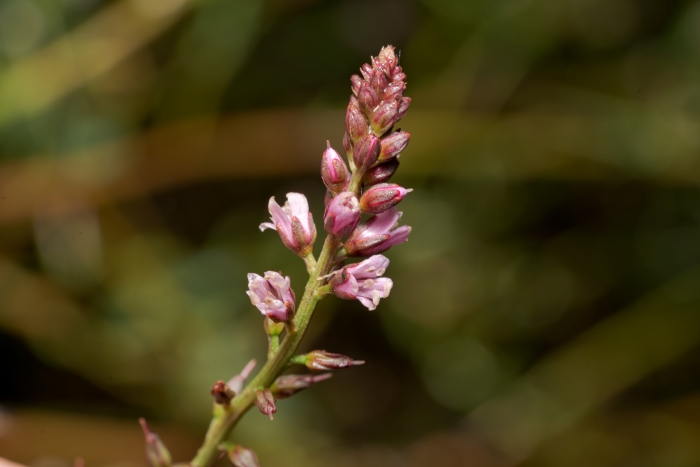Pale Loosestrife
(Lysimachia dubia)
Pale Loosestrife (Lysimachia dubia)
/
/

Eleftherios Katsillis
CC BY 4.0
Image By:
Eleftherios Katsillis
Recorded By:
Copyright:
CC BY 4.0
Copyright Notice:
Photo by: Eleftherios Katsillis | License Type: CC BY 4.0 | License URL: http://creativecommons.org/licenses/by/4.0/ | Rights Holder: Eleftherios Katsillis | Publisher: iNaturalist | Date Created: 2023-11-18T14:15:28-08:00 |

























Estimated Native Range
Summary
Lysimachia dubia, commonly known as Pale Loosestrife or Yellow Pimpernel, is an annual herb native to the damp meadows, marshes, and riverbanks from southeastern Europe to tropical Asia. It typically grows at a moderate rate to a height of 1.5-2 feet (0.46-0.6 meters) and a width of 1-1.5 feet (0.3-0.5 meters). This plant features lance-shaped leaves and bears small, star-shaped yellow flowers in the summer, which are modest in appearance but can add a splash of color to garden settings.
Pale Loosestrife is appreciated for its ability to thrive in wet conditions, making it suitable for rain gardens, waterside plantings, and as a ground cover in damp areas of the garden. It is also valued for its wildlife benefits, as it provides nectar for pollinators. In cultivation, it prefers full sun to part shade and grows best in medium to wet, well-drained soils, particularly clay or loam. While it is not particularly prone to diseases, it can sometimes suffer from rust or leaf spot. Gardeners should be aware that in some regions, Lysimachia species can become aggressive and may require management to prevent unwanted spread.CC BY-SA 4.0
Pale Loosestrife is appreciated for its ability to thrive in wet conditions, making it suitable for rain gardens, waterside plantings, and as a ground cover in damp areas of the garden. It is also valued for its wildlife benefits, as it provides nectar for pollinators. In cultivation, it prefers full sun to part shade and grows best in medium to wet, well-drained soils, particularly clay or loam. While it is not particularly prone to diseases, it can sometimes suffer from rust or leaf spot. Gardeners should be aware that in some regions, Lysimachia species can become aggressive and may require management to prevent unwanted spread.CC BY-SA 4.0
Plant Description
- Plant Type: Herb
- Height: 1.5-2 feet
- Width: 1-1.5 feet
- Growth Rate: Moderate
- Flower Color: Yellow
- Flowering Season: Summer
- Leaf Retention:
Growth Requirements
- Sun: Full Sun, Part Shade
- Water: Medium, High
- Drainage: Medium, Slow
Common Uses
Border Plant, Low Maintenance, Water Garden
Natural Habitat
native to the damp meadows, marshes, and riverbanks from southeastern Europe to tropical Asia
Other Names
Common Names: Yellow Loosestrife, Yellow Pimpernel
Scientific Names: , Lysimachia dubia, Bernardina orientalis, Lysimachia atropurpurea, Lysimachia intermedia, Lysimachia intermedia, Lysimachia orientalis,
GBIF Accepted Name: